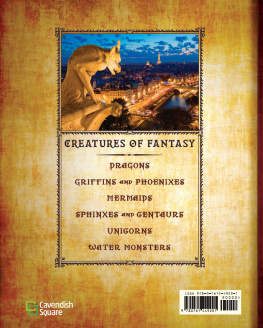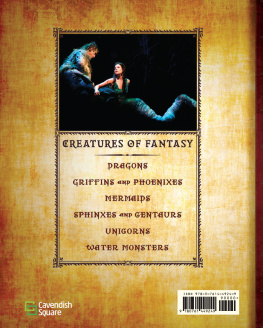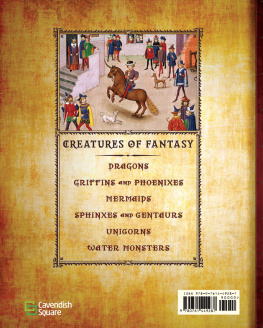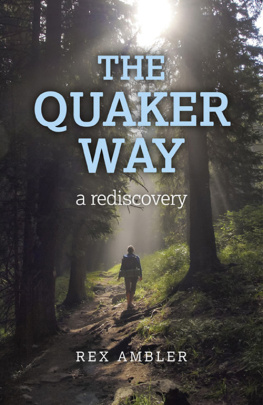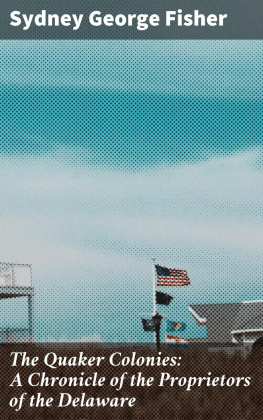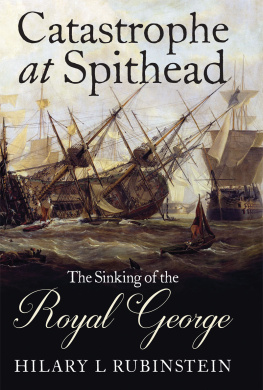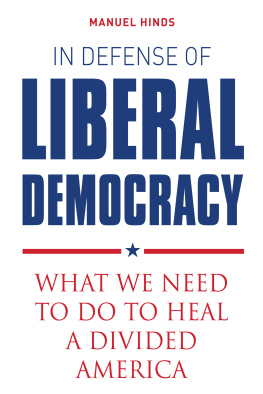George Fox and early Quaker culture
George Fox and early Quaker culture
Hilary Hinds
Copyright Hilary Hinds 2011
The right of Hilary Hinds to be identified as the author of this work has been asserted by her in accordance with the Copyright, Designs and Patents Act 1988.
Published by Manchester University Press
Oxford Road, Manchester M13 9NR, UK
and Room 400, 175 Fifth Avenue, New York, NY 10010, USA
www.manchesteruniversitypress.co.uk
Distributed in the United States exclusively by
Palgrave Macmillan, 175 Fifth Avenue, New York,
NY 10010, USA
Distributed in Canada exclusively by
UBC Press, University of British Columbia, 2029 West Mall,
Vancouver, BC, Canada V6T 1Z2
British Library Cataloguing-in-Publication Data
A catalogue record for this book is available from the British Library
Library of Congress Cataloging-in-Publication Data applied for
ISBN 978-0-7190-8157-6
First published 2011
The publisher has no responsibility for the persistence or accuracy of URLs for any external or third-party internet websites referred to in this book, and does not guarantee that any content on such websites is, or will remain, accurate or appropriate.
Typeset in Bembo
by Servis Filmsetting Ltd, Stockport, Cheshire
Printed in Great Britain
by TJ International Ltd, Padstow
In memory of Peter Widdowson (19422009),
the very best of colleagues
Contents
Acknowledgements
My greatest debt of gratitude is to the previous and present generations of Quaker scholars and scholars of Quakerism whose work has proved so stimulating to my own. Without the careful rigour and analytical perspicacity of their scholarship, my own work would be immeasurably the poorer.
I am grateful to Lancaster University for allowing me a period of sabbatical leave in 2008, and to the Leverhulme Trust for awarding me a Research Fellowship in 200910. The book would have been still longer in the making without them. Thanks too to the staff of Lancaster University Library, and particularly those in the Interlending and Document Supply section, who have consistently responded to my requests quickly and efficiently.
Earlier versions of some of these chapters have previously been published elsewhere, and I am grateful for permission to republish here. Parts of was originally co-authored with Alison Findlay, and I am very grateful for her agreement that I include it here.
The following people have helped me variously by encouraging me to undertake this work, chasing up elusive references, commenting on early drafts of chapters or refereeing applications for research leave, and I am grateful to them all for undertaking this largely invisible labour: Elspeth Graham, Josef Keith, Philip Martin, Lynne Pearce, Althea Stewart, Helen Wilcox and Sue Wiseman. Ellen Ross, at Swarthmore College, Pennsylvania, gave me an exceptionally warm and generous welcome when I presented a paper there based on aspects of this work in April 2009. Thanks to my anonymous readers at Manchester University Press for their helpful and incisive comments on the book proposal, and to all the staff at the Press who had a hand in seeing the book into print.
Particular thanks go to my colleagues on the Lancaster Quaker Project: Alison Findlay, Meg Twycross and Pamela King. While that project has its own focus, impetus and trajectory, there has also been cross-fertilisation between the two areas of work, and I have benefited enormously from discussions we have had. I am grateful to them all for ideas exchanged, and excursions made, over the years, but thanks go in particular to Alison for reading and commenting so generously, enthusiastically and insightfully on a draft of the book.
More generally, I would like to thank the three members of my care of the self team for all their variously restorative contributions to the closing months of the project; they made all the difference. But final and most heartfelt thanks go to Jackie Stacey, who supported and encouraged me in the completion of this book to a greater extent than I could have dared to hope for, and to Anna Stacey, who weathered the ups and downs of the process with cheerful equanimity. I trust they know just how grateful I am.
A note on references to Foxs Journal
This book draws extensively for the development of its argument on George Foxs Journal, a document whose complex history and identity is reflected in the vastly differing character of the editions published over the last century. Deciding which edition to use as the main reference point in the book presented a difficult choice, contingent as it was on a number of different issues: the kinds of readerships I hoped to address; the differing accessibility of the principal editions; and the materials included in or omitted from each of those editions. To clarify the complexity of the choice and explain the decision that I reached, I include the following detailed note on the various available editions.
Three new scholarly editions of Foxs Journal have been published over the past hundred years, each very different from the others. The first was Norman Penneys two-volume verbatim et literatim edition of the so-called Spence Manuscript, which is the closest we have to a manuscript source for Foxs Journal. Penneys edition, published in 1911, has the advantage of being the most comprehensive edition, and consequently the one that best represents the textual and compositional complexity of the Journal. It reproduces the spelling and punctuation of the manuscript, and includes all the earlier letters and papers interspersed in the narrative sections. It has the disadvantage, however, of being a rare and relatively inaccessible edition: it is out of print, to be found for the most part only in major libraries, and has the added obstacles of unfamiliar and at times erratic spelling and punctuation that follow conventions radically different from our own.
The second candidate was John Nickallss 1952 edition, a modern spelling version of Foxs Journal, and based on the Spence Manuscript as printed in Penneys edition. It is without question a readable and accessible as well as a scholarly text, and it remains the most frequently cited recent edition in critical and historical studies of Fox. However, it is also a relatively heavily edited text. Not only has the spelling been modernised, so too have the grammar and punctuation. It omits or abbreviates many of the documents that intersperse the retrospective narrative section in the Spence Manuscript. Moreover, it incorporates sections from other texts: Foxs earlier Short Journal of the mid-1660s; the first edition of the Journal, edited by Thomas Ellwood and published in 1694, itself a heavily edited version of the manuscript sources, and other notebooks and letters, both by Fox and, on occasion, by others. By conflating these different sources into a single composite account, it presents as comprehensive a first-person picture of the life of Fox as possible. It does so, however, by presenting the Journal in a more regular and coherent form than even a quick glance at Penneys 1911 edition would show it to be.






